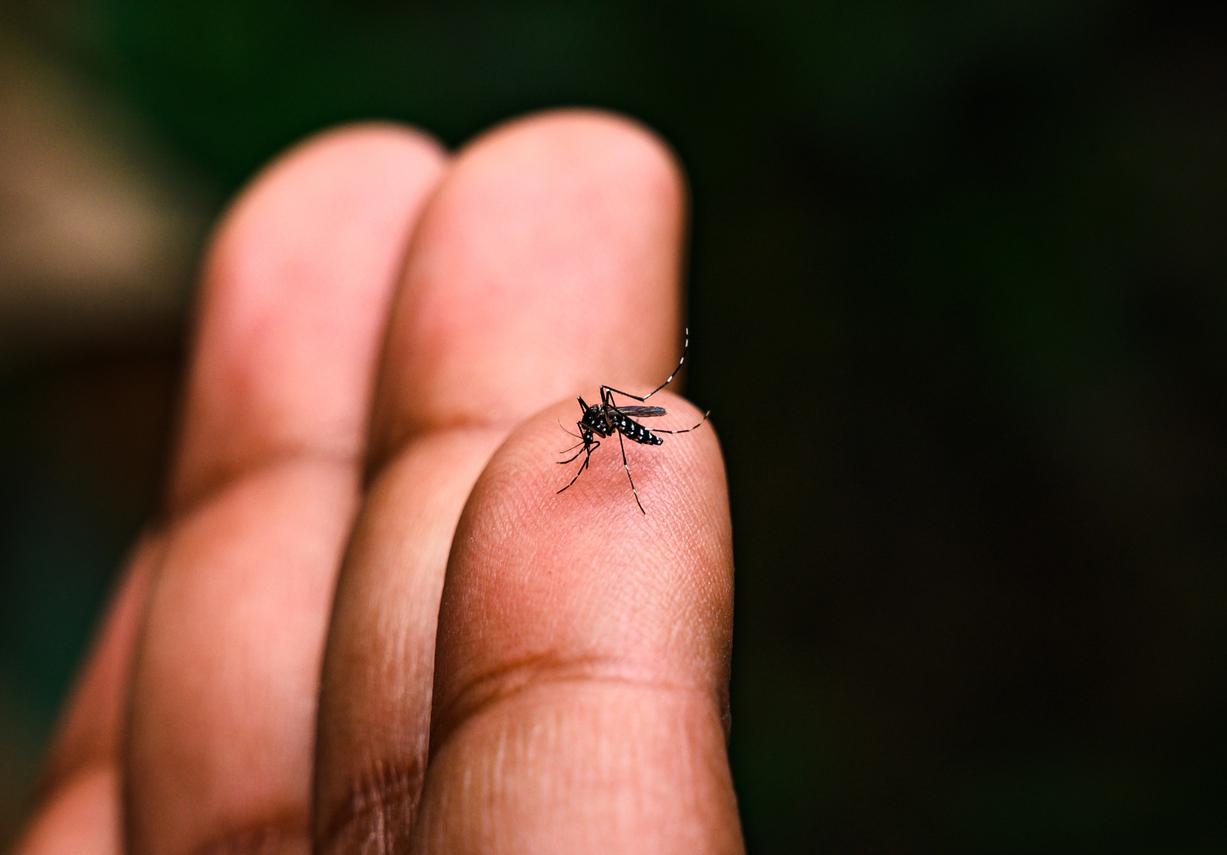Many viruses, including influenza, steal genetic signals from humans in order to develop their own genomes.

- “Viruses take over their host at the molecular level, and this work identifies a new way certain viruses can extract the full potential of the molecular machinery they harness.”
- This “implies that a large number of viral species can manufacture genes hitherto unsuspected”.
- Thus, in the long term, this discovery could be used to develop new vaccines.
Bad Blood, 28 Days Later, Virus… While the new coronavirus has infected the entire planet in a few months, establishing an unprecedented health crisis, these science fiction films featuring an overpowering and devastating virus of humanity no longer seem so far from reality. Today, a new study published in the journal Cell goes even further and sends shivers down your spine. According to the researchers, many viruses, including those of influenza, steal genetic signals from their hosts to develop their own genomes.
To reach this chilling conclusion, researchers from an interdisciplinary collaborative team examined a large group of viruses known as segmented negative-strand RNA viruses (VANS). The latter include serious and widespread pathogens in humans, domestic animals and plants such as the influenza A virus or the Lassa virus which causes the fever of the same name.
By making hybrids of human mRNA with their own genes, viruses are able to produce messages with additional start codons, derived from the host. Like war generals, they give precise instructions to machines that manufacture proteins in their victim’s cells through a process called “cap-snatching”. In detail, they cut off the end of one of the cell’s own protein-coding messages and extend that sequence with a copy of one of their own genes.
“For decades we thought that the moment the body encounters the signal to start translating that message into protein (a ‘start codon’), it is reading a message provided to it only by the virus. Our work shows that the host sequence is not silent”said Dr. Ivan Marazzi, associate professor of microbiology at Icahn School of Medicine and corresponding author of the study. Researchers have dubbed the resulting viral proteins, previously unknown, UFOs.
Use this knowledge to contribute to the eradication of epidemics
“Viruses take over their host at the molecular level, and this work identifies a new way certain viruses can extract the full potential of the molecular machinery they harness. Although the work done here focuses on influenza viruses, it implies that a large number of viral species can make previously unsuspected genes”comments Ed Hutchinson, PhD, corresponding author and researcher at the MRC-University of Glasgow Center for Virus Research.
Further studies are now needed to understand this new class of proteins and the implications of their invasive expression by many RNA viruses, causing epidemics and pandemics. “Now that we know these unsuspected genes exist, we can study them and use this knowledge to help eradicate the disease.”enthuses Ivan Marazzi.
Thus, in the long term, this discovery could be used to develop vaccines. “The ability of a pathogen to overcome host barriers and establish infection is based on the expression of pathogen-derived proteins (…) To understand how a pathogen antagonizes the host and establishes infection, we need to have a clear understanding of the proteins a pathogen encodes, how they work, and how they contribute to virulence.”develops Ivan Marazzi. A great global effort is needed to stop viral epidemics and pandemics, and this new knowledge could lead to the identification of new ways to stop infection..”
Only type A viruses have been responsible for influenza pandemics to date
Every year, the flu kills thousands of people around the world. Influenza A and B viruses are responsible for seasonal epidemics in humans but only type A viruses have been responsible for pandemics to date, according to Public Health France. On average, every year, the disease causes 10,000 deaths in France, mainly among the elderly. In 2019, the flu epidemic was marked by a high number of hospitalizations after going to the emergency room for flu syndrome and serious cases admitted to intensive care, as well as excess mortality in a short time. In question: the co-circulation of the A (H3N2) and A (H1N1) viruses and an ineffective vaccine.
As for Lassa disease, it is an acute viral haemorrhagic fever lasting one to four weeks, rife in West Africa. Infection occurs through contact with feces or urine of a peri-domestic rodent called Mastomys natalensis. Many of these live close to, or even inside, homes in endemic areas. Although the disease is often asymptomatic, one in five infections leads to severe damage to several organs such as the liver, spleen and kidneys. Unfortunately, there is currently no vaccine against this disease. Its prevention mainly involves good hygiene to prevent rodents from entering homes.
















